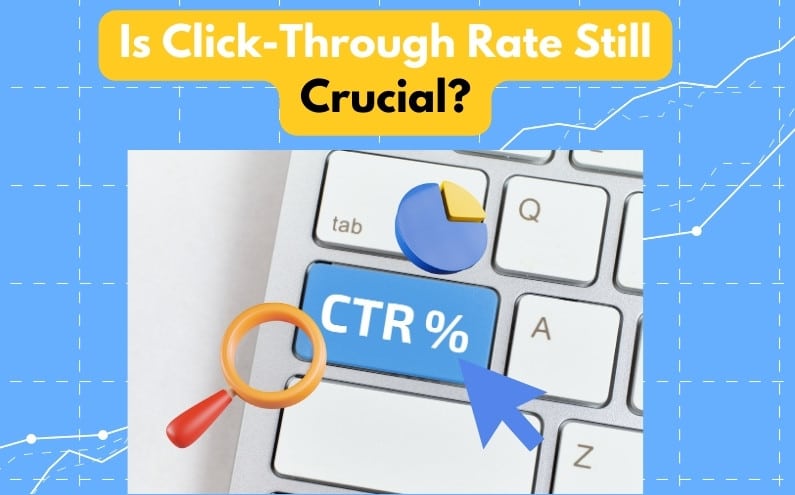In the ever-evolving landscape of search engine optimization (SEO), staying ahead of the curve is essential for digital marketers. One metric that has long been considered a cornerstone of SEO success is the click-through rate (CTR). However, with search engine algorithms becoming increasingly sophisticated, and user behavior evolving, the question arises: Is click-through rate still important in SEO?
The Historical Significance Of CTR In SEO
Click-through rate, the ratio of users who click on a specific link to the number of total users who view a page, has traditionally been a crucial metric for search engines. High CTR was often seen as an indicator of a webpage’s relevance and popularity, influencing search engine rankings. It made sense – if users were clicking on a result, it likely meant they found it valuable.
The Changing SEO Landscape
In recent years, SEO has undergone significant transformations. Search engines, particularly Google, have moved beyond simplistic metrics like keyword density and CTR to more nuanced algorithms that consider user intent, content quality, and user experience.
- User Intent and Content Relevance
Modern search engines prioritize understanding user intent. They aim to deliver results that align with what users are truly looking for. This shift means that simply attracting clicks might not be enough; the content must satisfy user intent to maintain or improve rankings. - Dwell Time and Engagement
Dwell time, the amount of time a user spends on a webpage after clicking on a search result, has gained prominence. A high CTR may bring users to a page, but if they quickly leave (indicating dissatisfaction), it can adversely affect rankings. Engaging content and a positive user experience are now critical factors. - Mobile-First Indexing
With the rise of mobile devices, search engines now prioritize mobile-friendly websites. User experience on mobile devices plays a significant role in rankings, making factors like page load speed and mobile responsiveness more important than ever. - SERP Features and Zero-Click Searches
Search engine results pages (SERPs) now feature rich snippets, knowledge graphs, and other elements that provide instant answers. As a result, users may get the information they need without clicking through to a specific website, leading to an increase in zero-click searches.
So, Is CTR Still Relevant?
While the significance of CTR has evolved, it remains a relevant metric in the broader SEO context. Here’s why:
- Indication of Relevance
A high CTR can still indicate that a page is relevant and attractive to users. It may suggest that the content aligns well with user expectations, contributing positively to rankings. - Click-Through Rate as a Comparative Metric
Comparing CTR with industry benchmarks or competitors can provide insights. An unusually low CTR may signal issues with title tags, meta descriptions, or overall content quality that need addressing. - User Feedback and Testing
Analyzing CTR data allows marketers to understand user preferences and behavior. Running A/B tests on meta tags, titles, or calls to action based on CTR metrics can help optimize for better results.
While the SEO landscape has shifted toward more holistic metrics, click-through rate remains a valuable tool in the SEO arsenal. However, it’s crucial to view CTR in conjunction with other metrics like dwell time, bounce rate, and overall user experience. In the dynamic world of SEO, adapting strategies to align with evolving algorithms and user behavior is key to maintaining and improving search rankings.

